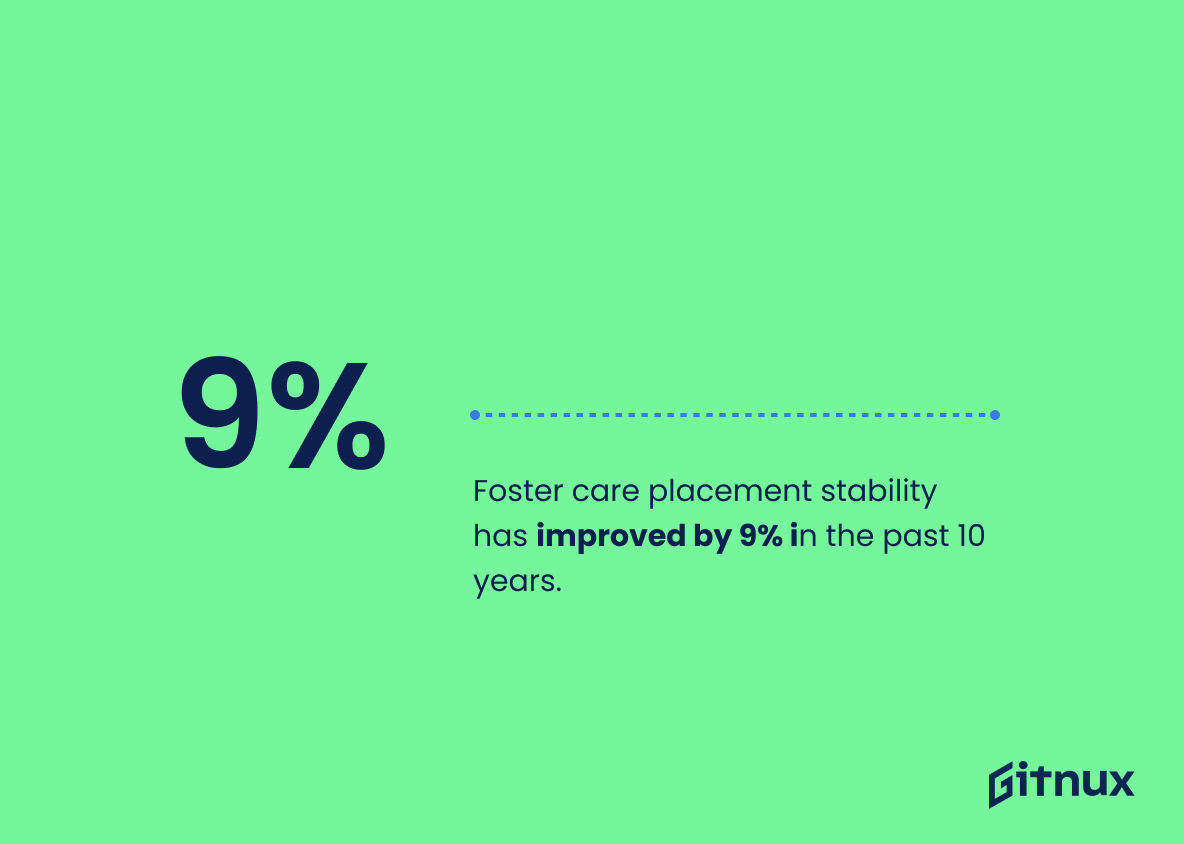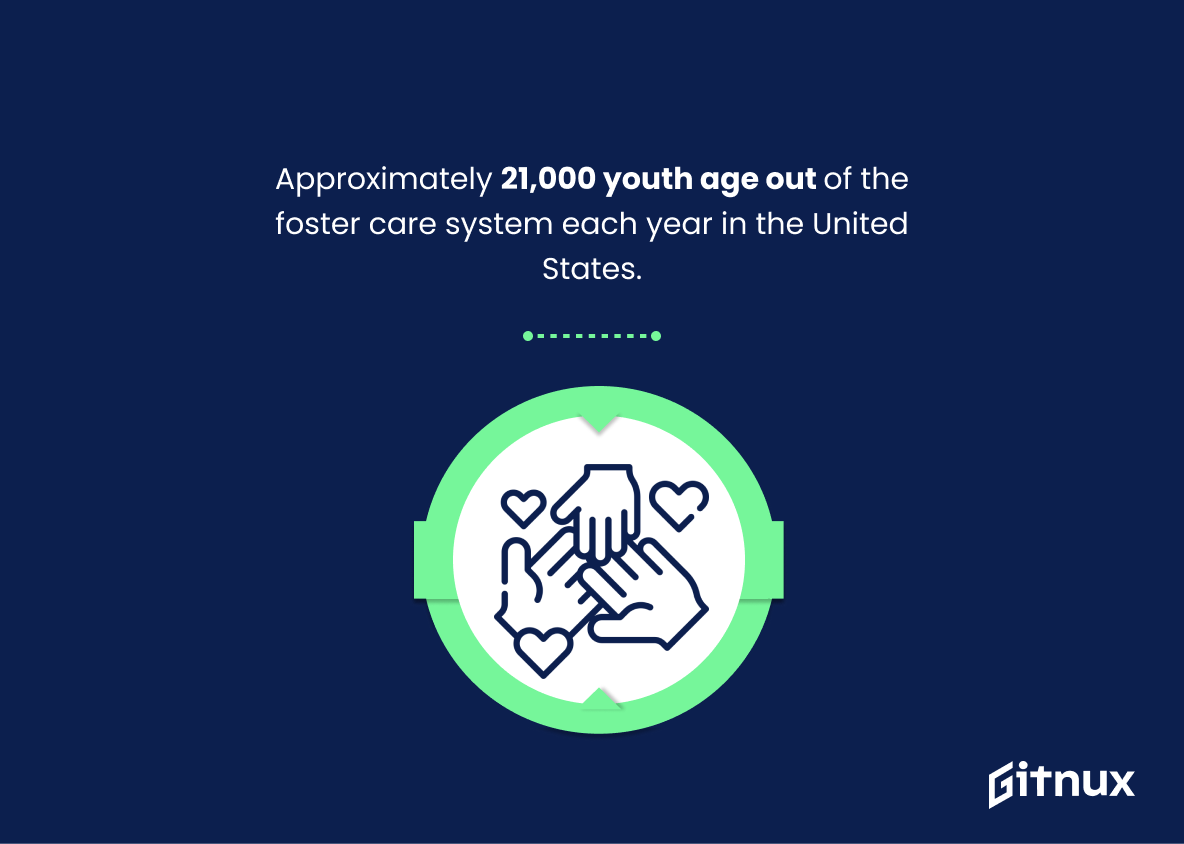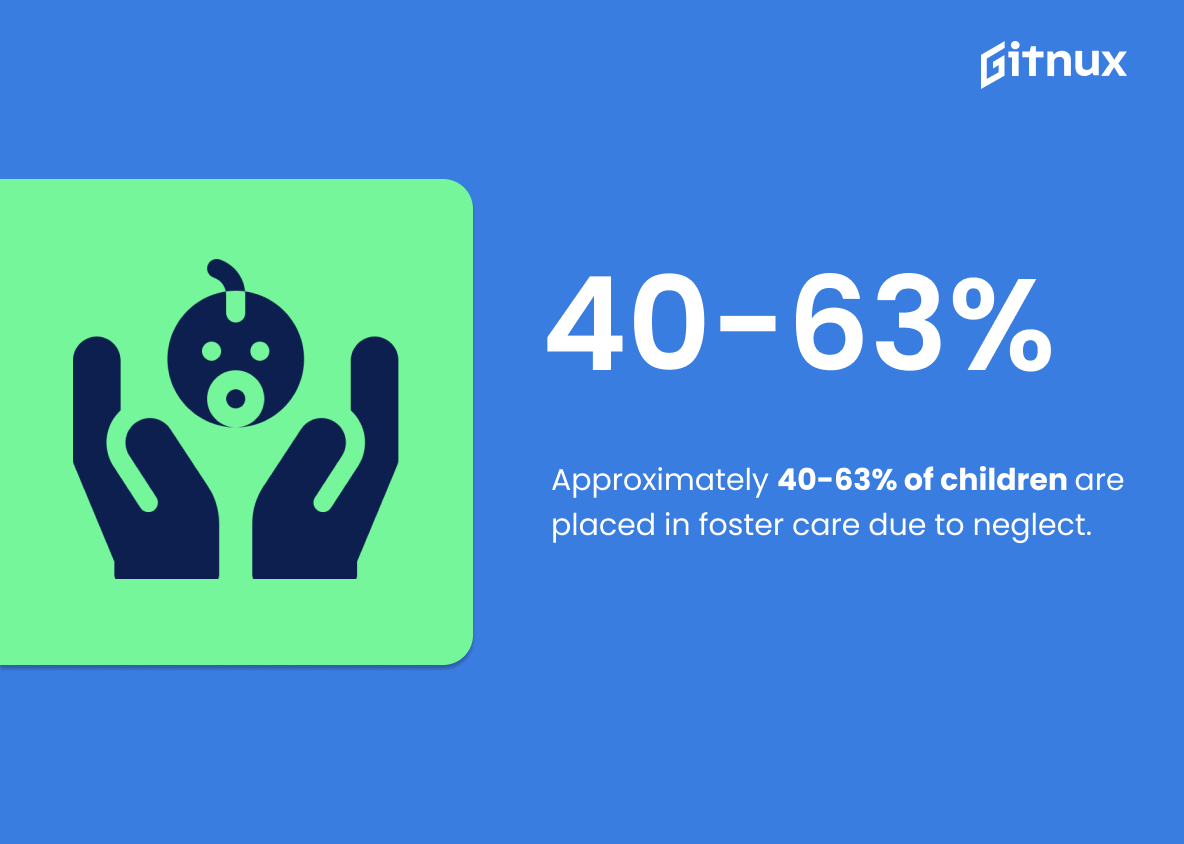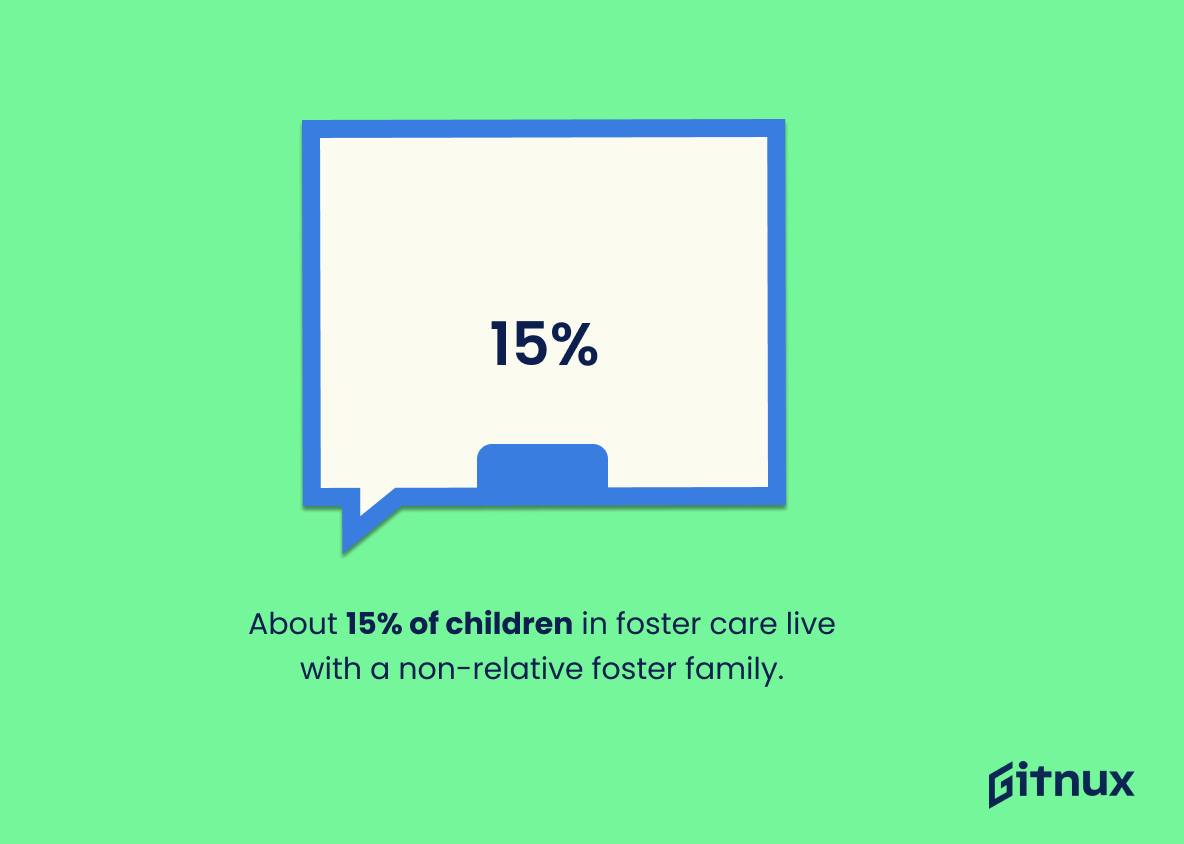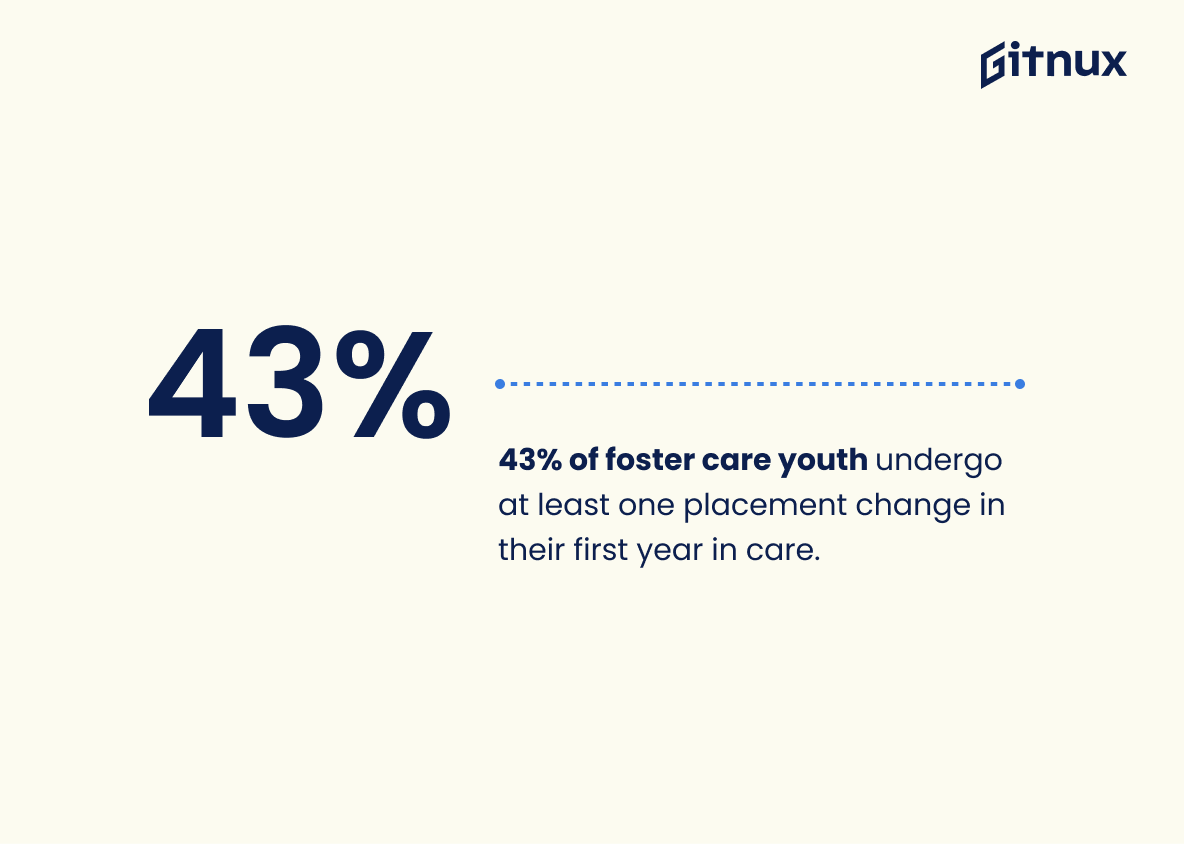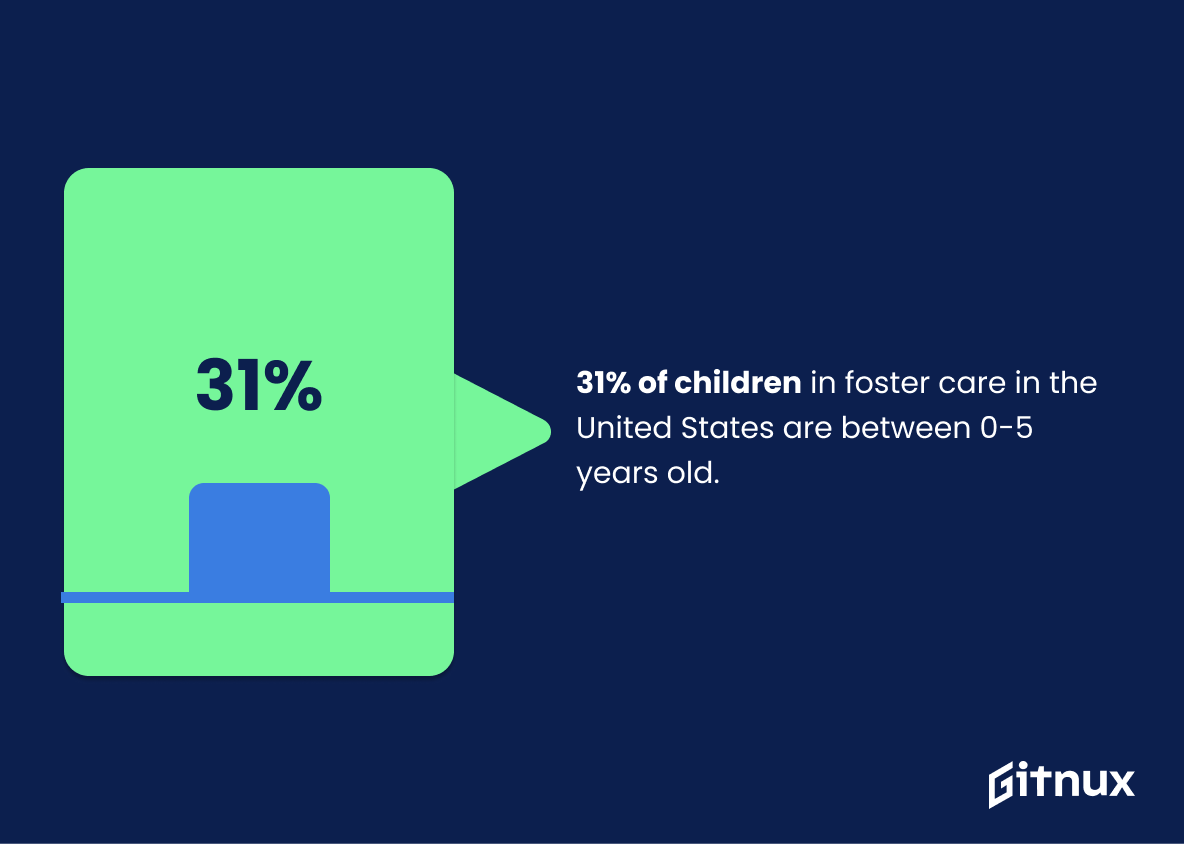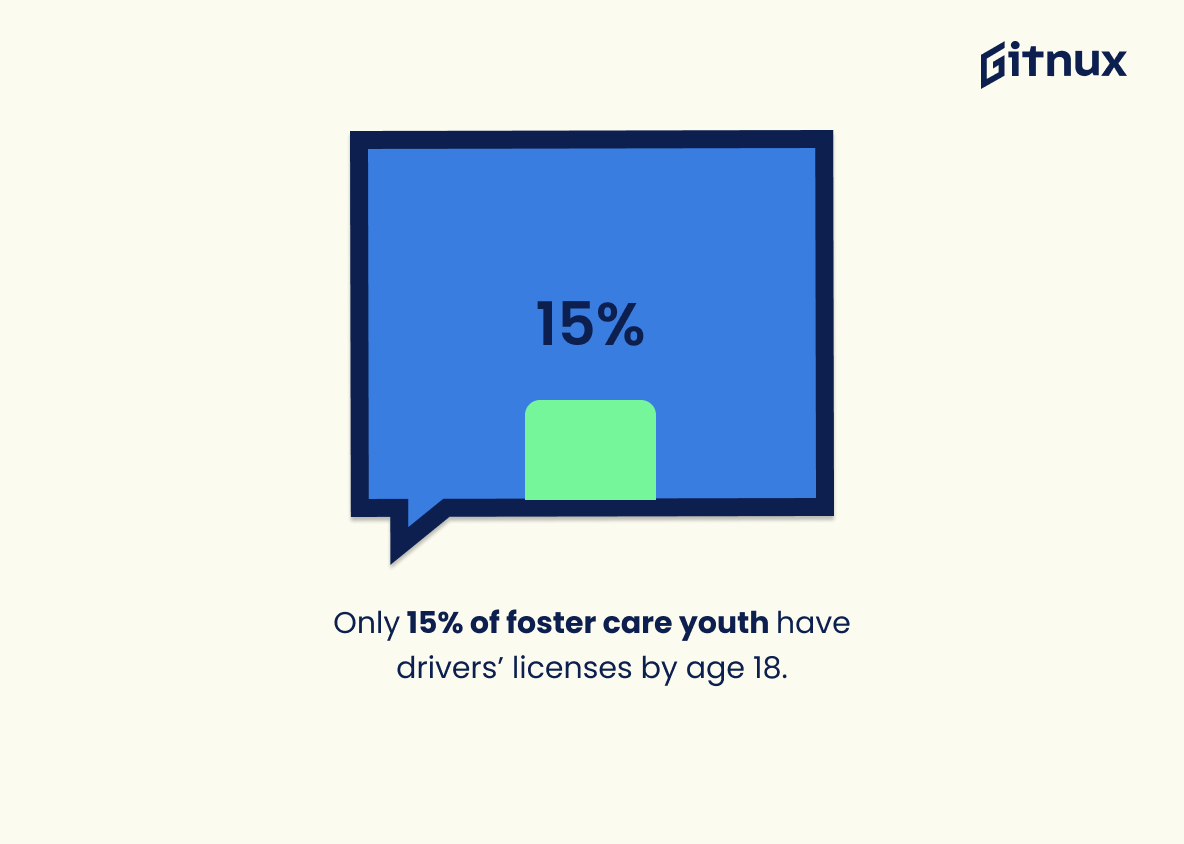Foster care is an important part of the child welfare system, and it’s essential to understand how successful foster children are in achieving their goals. This blog post will explore some key statistics about foster care success that demonstrate the progress being made for these youth. We’ll look at graduation rates from high school, attendance at post-secondary education after aging out, achievement of a Bachelor’s degree or higher, employment status among 18-25 year olds who have aged out of foster care, placement stability over time, length of stay in foster care placements on average as well as when they age out each year in the United States; reunification with families; convictions by age 24; parenting by age 24; reasons why children enter into foster care; non-relative family placements and services available to prepare them for independence. Finally we’ll discuss disability diagnoses among adolescents receiving services through Foster Care and reunification successes within 12 months entering Foster Care.
This statistic is a powerful indicator of the success of foster care programs. It shows that, despite the challenges that foster children face, they are still able to achieve educational success. This statistic is a testament to the hard work of foster care providers and the resilience of foster children. It is a reminder that, with the right support, foster children can reach their full potential.
47% of former foster youth attended post-secondary education after aging out.
This statistic is a testament to the resilience of former foster youth, showing that despite the odds, they are still able to pursue higher education and achieve success. It is a powerful reminder that foster youth can and do succeed, and that with the right support, they can reach their goals.
Foster Care Success Statistics Overview
Only 21% of foster care youth achieve a Bachelor’s degree or higher.
This statistic is a stark reminder of the challenges faced by foster care youth in achieving higher education. It highlights the need for more support and resources to be made available to these young people, so that they can have the same opportunities as their peers to pursue a college degree.
50% of foster youth ages 18-25 are employed.
This statistic is a testament to the hard work and dedication of foster youth ages 18-25, who have managed to secure employment despite the many challenges they face. It is a reminder that foster youth are capable of achieving success and should be given the opportunity to do so. It also highlights the importance of providing foster youth with the necessary resources and support to help them transition into adulthood.
Foster care placement stability has improved by 9% in the past 10 years.
This statistic is a testament to the progress that has been made in the foster care system over the past decade. It shows that the efforts to ensure stability for children in foster care have been successful, and that the system is continuing to improve. This is an encouraging sign for those who are dedicated to helping foster children find a safe and secure home.
The average length of stay for children in foster care is approximately 20 months.
This statistic is a powerful indicator of the success of foster care programs. It shows that, on average, children in foster care are able to find stability and security in their new homes for a significant amount of time. This is a testament to the hard work of foster care providers and the dedication of foster families to provide a safe and nurturing environment for these children.
Approximately 21,000 youth age out of the foster care system each year in the United States.
This statistic is a stark reminder of the reality that many young people face when they age out of the foster care system. It highlights the need for more support and resources to ensure that these youth have the best chance of success in life. It also serves as a call to action for those who are in a position to help, to do their part in providing the necessary support and guidance to these young people.
Approximately 40-63% of children are placed in foster care due to neglect.
This statistic is a stark reminder of the prevalence of neglect in the lives of children who are placed in foster care. It highlights the need for more resources and support for these children, as well as the importance of providing them with a safe and nurturing environment.
About 15% of children in foster care live with a non-relative foster family.
This statistic is a powerful reminder of the importance of non-relative foster families in providing a safe and supportive environment for children in foster care. It highlights the need for more non-relative foster families to be available to provide a loving home for these children, and to ensure that they have the best chance of success in life.
43% of foster care youth experience at least one foster care placement change during the first year in care.
This statistic is a powerful reminder of the instability that many foster care youth face. It highlights the need for a stable and supportive environment for these young people, as well as the importance of providing them with the resources and support they need to succeed. It also serves as a reminder of the importance of providing foster care youth with the necessary tools to help them transition into adulthood.
31% of children in foster care in the United States are between 0-5 years old.
This statistic is a powerful reminder of the importance of early intervention in the foster care system. It highlights the need for resources and support for young children in foster care, as well as the need for early intervention to ensure that these children have the best chance of success in the future. It also serves as a reminder of the importance of providing a safe and nurturing environment for these children, as well as the need for ongoing support and guidance.
Foster children with six or more placements have a 90% chance of being diagnosed with a psychiatric disorder.
This statistic is a stark reminder of the challenges faced by foster children who have experienced multiple placements. It highlights the need for more stability and support for these children, as well as the need for better mental health services to help them cope with the trauma of multiple placements.
In 2020, there were about 423,997 children in the U.S. foster care system.
This statistic is a stark reminder of the sheer number of children in the U.S. foster care system, and serves as a call to action for those looking to make a difference in the lives of these children. It is a powerful reminder of the need for more resources and support for foster care programs, and of the importance of understanding the successes and challenges of the foster care system.
Only 15% of foster care youth have drivers’ licenses by age 18.
This statistic is a stark reminder of the challenges faced by foster care youth in achieving success. Without a driver’s license, these young people are limited in their ability to access employment, education, and other opportunities that could help them build a better future. It is a sobering reminder of the need for more support and resources to help foster care youth reach their full potential.
In 2019, 81% of children who had a goal of reunification with their families were successfully reunified within 12 months of entering foster care.
This statistic is a testament to the success of foster care programs in reuniting children with their families. It shows that the system is working to ensure that children are able to be reunited with their families in a timely manner, and that the efforts of those involved in the foster care system are paying off. This statistic is a positive indicator of the progress being made in the foster care system, and is a reminder of the importance of providing support and resources to those in need.
Conclusion
Despite the challenges that foster care youth face, there are many success stories. 56% of foster children graduate from high school and 47% attend post-secondary education after aging out. While only 21% achieve a Bachelor’s degree or higher, 50% of those aged 18-25 are employed and placement stability has improved by 9%. The average length of stay for children in foster care is approximately 20 months with 81% successfully reunified within 12 months when their goal was to be reunited with their families. Additionally, 15 percent live with non-relative foster families while 40–63 percent were placed due to neglect. Despite these successes, only 7–13 percent receive services to prepare them for independence and 60 percent have convictions by age 24; however over 40 percent become parents during this time as well. Foster care youth also experience an increased risk of psychiatric disorders if they had six or more placements changes in the first year in care (43%) as well as disabilities (20%). These statistics demonstrate both the difficulties faced by former fosters youths but also highlight how far we’ve come towards helping them succeed despite all odds
References
0. – https://www.www.ncbi.nlm.nih.gov
1. – https://www.www.economist.com
2. – https://www.www.fosterclub.com
3. – https://www.www2.calstate.edu
4. – https://www.ssw.asu.edu
5. – https://www.jlc.org
6. – https://www.www.pewtrusts.org
7. – https://www.www.childrensrights.org
8. – https://www.www.nytimes.com
9. – https://www.www.childtrends.org
10. – https://www.aspe.hhs.gov
11. – https://www.www.acf.hhs.gov
12. – https://www.www.childwelfare.gov


